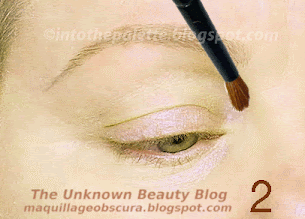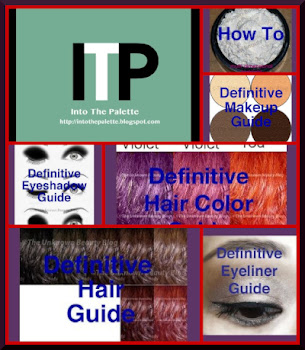I am continuing my series on the Definitve Hair Guide by explaining the structure of the hair or better yet the anatomy of a hair strand. It may not be a topic for the average consumer but if you style, color, or even cut your hair; knowing a bit about it helps you understand why you get so frustrated with certain hair techniques.
What I am writing is mostly coming from the top of my head (pun intended), and sources are mentioned. If you disagree or find a fault in my explanation just correct me in a civilized manner.
Straight, Wavy, & Curly
Your hair is what comes out of that scalp and how it is planted beneath it determines whether it will be straight, wavy, or curly. Like a flower bulb, the hair has a bulb, you know when you tweeze your brows, you have that one stubborn hair which has this thick round bulge at the end? That is the bulb! This bulb is being nourished through the papilla (which I won’t get into). Once your hair is out of your scalp it is considered dead.
Dead is a harsh word but let’s just say what you do to your hair can’t repair itself after it appears out in the open. How it is nourished when it is beneath the scalp determines how healthy it will grow. Styling products, chemical processing, and even the minerals in your tap water will affect what has already grown out of your scalp.
The Three Main Parts of the Hair
Your hair is made up of three parts, the medulla which I consider to be the “spine” of the hair. The cortex which is where the party is happening from the color of the hair to its thickness and strength. The cuticle, just like your nails protect or cover the cortex. For this post what you need to know are the cuticle and cortex.
The cuticle is what protects or covers pretty much the result of the DNA layer beneath. If this cuticle lies smoothly, then you have gorgeous shiny hair. Anything can destroy this layer with abuse—from harsh brushing, over washing, to chemicals. The illusion of repairing this layer can be done with styling products which will coat the hair temporarily. Once this layer is damaged, your hair loses its lustrous shine.
The cortex is your DNA. It is the layer which carries the color or melanin of your hair. It contains the proteins to give it strength. It is also the layer where alterations occur from chemical processing like hair color and perms. Once this layer is damaged, unlike the cuticle layer which can be coated with products, the only way to fix it is to cut it. (More on this in a future post.)
Diameter of the Hair
The diameter of the hair which is really the cortex will determine its strength and its thickness. The more it can stretch without breaking, the stronger the tensile strength. This is one of the main ways to determine the health of the hair before any chemical processing.
Diameter also varies amongst ethnicity. The shape of the cross section of hair is different. You can see from this post from University of Rochester’s “What is Human Hair?” This site shows photos of various types of hair from Asian, Caucasian, and African, taken via the electron microscope. Notice how Asian hair is the roundest and diameter is thickest. This may be the reason why Asian hair can take much more “abuse” (chemical processing) than other types of hair.
Adding Everything Together
The variations of hair is endless once you put in the color factor. Hair can be straight, wavy, curly with various diameters giving you everything from baby fine wavy hair to absolutely thick straight hair. Whatever type you have, knowing its structure will help you better understand how to alter it.
More to come with the next post! Stay tune!
Olivia
P.S. Excuse the awful diagrams!
*Source: University of Rochester*















